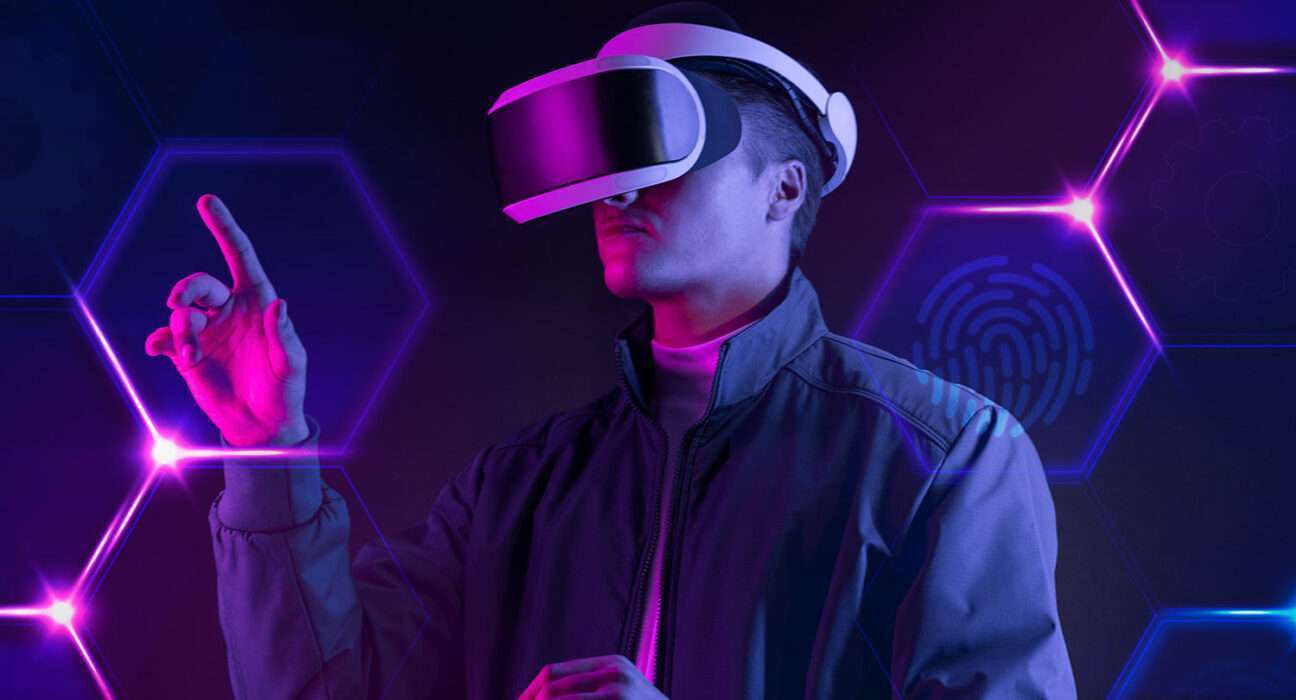Virtual Reality 3D Glasses: Exploring Advantages and Disadvantages

Virtual Reality (VR) 3D glasses have emerged as a revolutionary technology, offering users immersive and interactive experiences. While these devices have gained popularity, they come with their own set of advantages and disadvantages. This article delves into both aspects to provide a comprehensive understanding of the impact of VR 3D glasses on users and society.
Advantages:
1.Immersive Experiences:
- VR 3D glasses transport users to virtual worlds, providing a sense of presence and immersion. This allows for more engaging and realistic experiences in various fields, such as gaming, education, and simulations.
2.Enhanced Learning:
- In educational settings, VR 3D glasses offer students the opportunity to explore historical events, scientific concepts, or geographical locations in a three-dimensional environment. This hands-on approach can enhance learning and retention.
3.Entertainment Revolution:
- VR 3D glasses redefine entertainment experiences by offering a new level of engagement. Users can enjoy movies, concerts, and sports events as if they were physically present, creating a more enjoyable and personalized form of entertainment.
4.Medical and Therapeutic Applications:
- VR technology, when integrated with 3D glasses, has shown promising results in medical applications. From pain management to exposure therapy, these devices are being used to improve patient outcomes and well-being.
5.Virtual Collaboration:
- In the professional realm, VR 3D glasses facilitate virtual meetings and collaborative workspaces, allowing individuals from different locations to interact in a shared virtual environment. This enhances communication and teamwork.
Disadvantages:
1.Health Concerns:
- Prolonged use of VR 3D glasses can lead to discomfort, motion sickness, and eye strain. The potential impact on visual health is a concern, and users are advised to take regular breaks to mitigate these effects.
2.Cost and Accessibility:
- High-quality VR 3D glasses can be expensive, limiting accessibility for some individuals. The initial cost of the hardware and compatible devices, such as powerful computers or gaming consoles, can be a barrier for widespread adoption.
3.Isolation from Reality:
- Extended use of VR 3D glasses may lead to a sense of isolation from the real world. This detachment can have social implications and potentially contribute to a disconnect from one’s immediate surroundings and relationships.
4.Content Limitations:
- The availability of high-quality VR content is still evolving. While there are notable applications, the overall library of immersive experiences is not as extensive as other forms of entertainment, potentially limiting the long-term appeal of VR 3D glasses.
5.Technical Limitations:
- VR technology, including 3D glasses, is continually evolving. However, current limitations in display resolution, field of view, and tracking accuracy can impact the overall quality of the virtual experience.
In conclusion
while VR 3D glasses offer exciting possibilities and transformative experiences, users and developers must consider the associated advantages and disadvantages. Striking a balance between technological advancements, user comfort, and ethical considerations will be crucial for the continued development and integration of this immersive technology.











